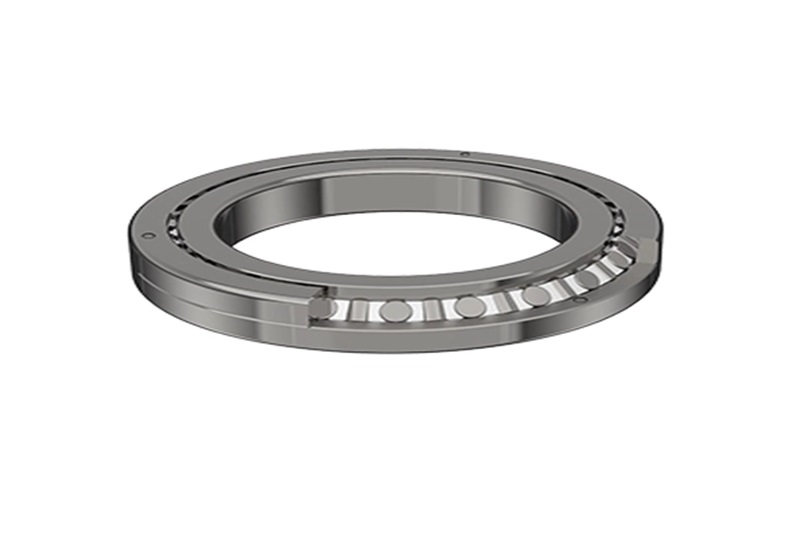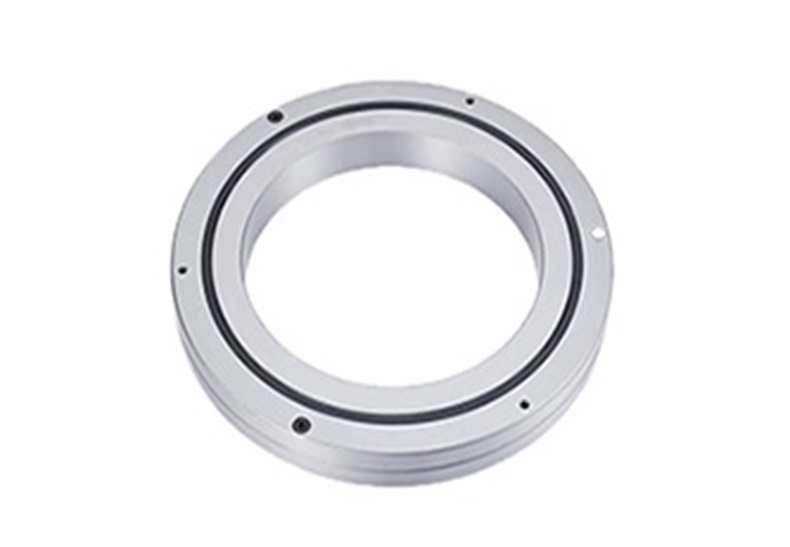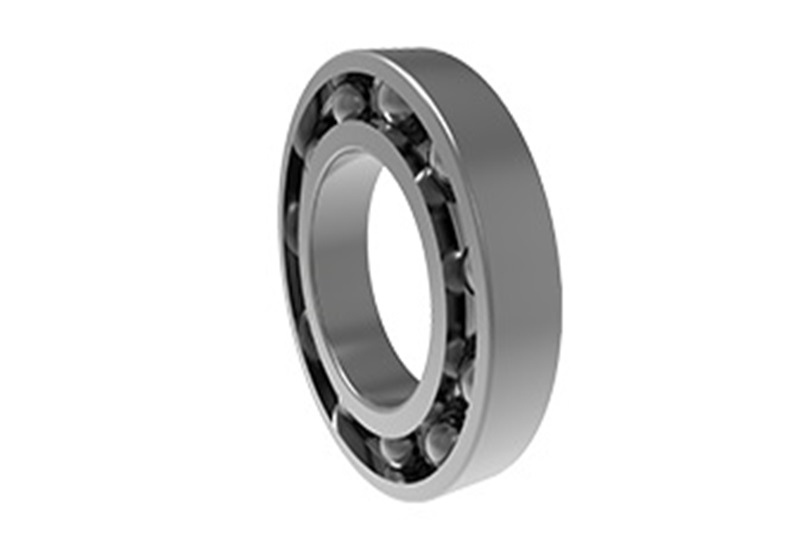How Does the Angular Contact Ball Bearing Distinguish the Angle?
Most of the single row angular contact ball bearings are non-separable angular contact ball bearings. The ferrule groove has a lock, and the two ferrules cannot be separated. According to the contact angle, the scope of application is also different. The larger the contact angle, the greater the axial load accepted. Next, THB BEARINGS will explain to you how to divide the angle of the angular contact ball bearing.
Ⅰ. Angular contact ball bearing angle meaning
Angular contact ball bearings can accept axial force and radial force in one direction at the same time. The angle of precision angular contact bearings is the angle formed by the connection line between the steel ball of the bearing and the contact points of the inner and outer rings and the radial direction. There is a certain angle between the line connecting the upper and lower points of the force point of the rolling element and the radial direction. The larger the contact angle, the higher the axial load capacity. Conversely, the smaller the angle, the greater the radial force the bearing receives, and the smaller the axial force.
Ⅱ. Angular contact ball bearing angle distinction
1. The contact angle is 15 degrees
Angular contact ball bearings can bear radial load and axial load at the same time, and can work at higher speeds. The codes and meanings of angular contact ball bearings represented by different contact angles are also different. Commonly used high-precision and high-speed bearings usually have a contact angle of 15 degrees, mainly angular contact ball bearings that accept radial forces and small local axial forces.
2. The contact angle is 25 degrees
Angular contact ball bearings mainly withstand large unidirectional axial loads, and the larger the contact angle, the greater the load capacity. NSK specially manufactures such bearings with a contact angle of 25°, denoted by A5, and some brands call the A5 angle an AC angle.
3. The contact angle is 30 degrees
Single row angular contact ball bearings can only accept axial load in one direction. When receiving radial load, additional axial force will be generated, and the corresponding reverse load must be applied. Therefore, this type of bearing is usually used in pairs. Double-row angular contact ball bearings can accept large radial and axial bidirectional combined loads and moment loads mainly based on radial loads. It can limit the bidirectional axial displacement of the shaft or housing, and the contact angle is 30 degrees.
4. The contact angle is 40 degrees
The contact ball bearing has a high limit speed and can bear radial load and axial load at the same time, and can also bear pure axial load. The axial load capacity is determined by the contact angle and increases with the increase of the contact angle. Angular contact ball bearings have a contact angle of 40 degrees, so they can withstand large axial loads, and are suitable for places where equipment is installed vertically.
The above is the answer to how to divide the angle of the angular contact ball bearing. The angular contact ball bearing with a contact angle of 30 degrees is a double row angular contact ball bearing. Ball bearings can accept bidirectional axial forces.
As a professional China ball bearing rollers manufacturer, THB Bearings has rich experience in high-quality ball bearing manufacturing. We produce different types of ball bearing rollers, including self aligning linear ball bearings, v groove ball bearing, etc. Also, we can provide you with professional bearing application solutions. If you are interested or doubted about bearings, please feel free to contact us!














 English
English  français
français  Deutsch
Deutsch  italiano
italiano 



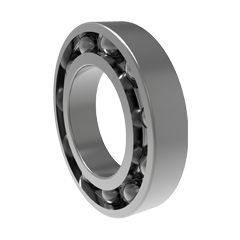
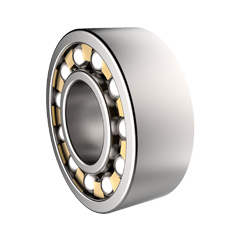
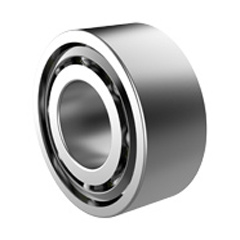
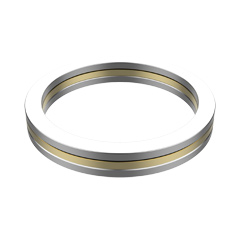
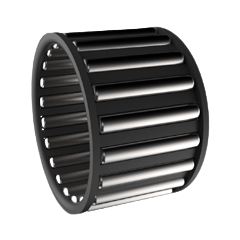
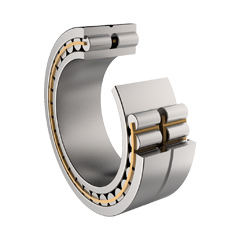
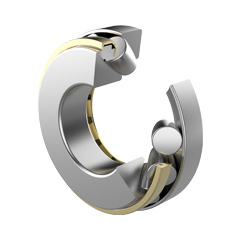
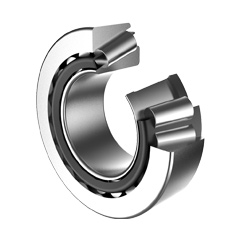
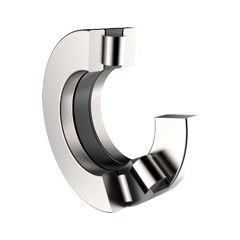
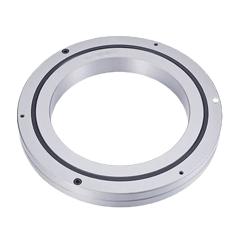
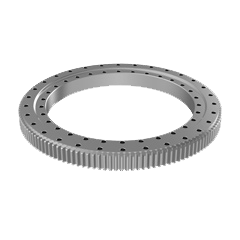

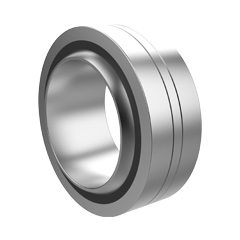

 English
English  français
français  Deutsch
Deutsch  italiano
italiano 

